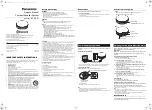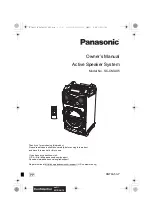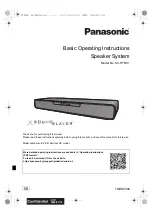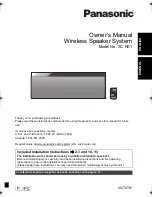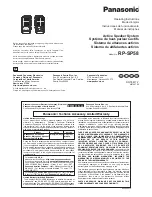
Welding basics
- 43 -
01.21
909.2669.9-02
15.2
TIG welding
The TIG welding process is a universally-applicable process
which creates high quality joints.
The electrode of the TIG process consists of non-melting tung-
sten, the shielding gas is an inert gas. In English usage we
speak of TIG welding (“Tungsten“ = Wolfram).
Inert gas is chemically neutral and does not react with the weld
metal. Inert gases are, e.g. argon, helium and their mixtures.
Usually pure argon (99.9%) is used. The welding gas must be
dry. DIN 32 526 defines the different types of shielding gas.
TIG welding process basics
A non-melting tungsten electrode is clamped with a collet
into a gas or water-cooled torch. The arc burns between the
tungsten electrode and the workpiece in an inert shielding
gas atmosphere. Thus the tungsten electrode acts as an arc
carrier. The arc melts the workpiece point by point and forms
the weld pool. The shielding gas escapes through the gas noz-
zle. This gas protects the tungsten electrode, the arc and the
molten pool against the surrounding air. This prevents unde-
sired oxidation. Consequently, poor welding results may occur
due to trouble with the shielding gas supply.
In case additional filler material is required, filler wire is sup-
plied either manually, as in gas flame welding, or automati-
cally by means of a cold wire feeder. The filler wire must be
equally or more highly alloyed than the base material. Flange
and corner welds can be created easily without filler wire.
Shielding gas
Tungsten
electrode
Gas nozzle
Shielding gas
Welding seam
Workpiece
Power source
Arc
Filler wire
Basically, both DC and AC may be used for TIG welding. The
current mode and polarity depend on the material to be weld-
ed.
Non or low-alloyed steel, high-alloyed steel and copper, as
well as titanium and tantalum are welded with DC. The elec-
trode is connected at the minus pole because of the stronger
current loading.
When welding aluminium and magnesium as well as their al-
loys, AC must be used in order to tear up the high-melting and
tough oxide skin which forms on the molten pool or which
is present on the base metal. If the oxide skin is missing, e.g.
there has been welding on the same part for a longer time, the
arc can be unstable or break up from time to time.
Shape of the electrode tip
Tungsten electrodes always have to be ground lengthwise be-
cause crosswise grinding marks cause an unsteady arc.
Welding current
[A]
Electrode angle
10 - 50
15° - 30°
50 - 200
30° - 45°
> 200
45° - 75°
The shape of the electrode for DC welding has to be and re-
main as sharp as a pencil. The angle of the point depends
on the welding current. When AC welding, it is sufficient to
sharpen the edge of the electrode slightly. After a short time, a
round to slightly convex form is built.
If the electrode tip is polluted due to dipping into the weld
pool or touching the filler wire, the respective part of the elec-
trode must be completely ground off. Restore the original,
pointed shape. Grind in longitudinal direction.
Summary of Contents for T 180 AC BasicPlus
Page 11: ...Vor der Inbetriebnahme 11 01 21 909 2669 9 02 ...
Page 35: ...Before commissioning 35 01 21 909 2669 9 02 ...
Page 59: ...Antes de la puesta en marcha 59 01 21 909 2669 9 02 ...
Page 83: ...Voor de inbedrijfstelling 83 01 21 909 2669 9 02 ...
Page 107: ...Перед вводом в эксплуатацию 107 01 21 909 2669 9 02 ...
Page 131: ...Przed uruchomieniem 131 01 21 909 2669 9 02 ...
Page 155: ...Antes de colocar em funcionamento 155 01 21 909 2669 9 02 ...
Page 179: ...Avant la mise en service 179 01 21 909 2669 9 02 ...
Page 203: ...Před uvedením do provozu 203 01 21 909 2669 9 02 ...
Page 227: ...Prima di cominciare 227 01 21 909 2669 9 02 ...
































